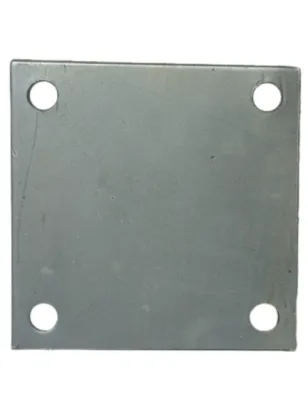loading...
- No. 9, Xingyuan South Street, Dongwaihuan Road, Zaoqiang County, Hengshui, Hebei, China
- admin@zjcomposites.com
- +86 15097380338
- Welcome to visit our website!
frp decking
The Advantages of FRP Decking A Sustainable Solution for Modern Construction
In recent years, the construction industry has seen a significant shift towards sustainable materials that not only provide durability but also minimize the carbon footprint of building projects. One increasingly popular material in this regard is Fiber-Reinforced Polymer (FRP) decking. This innovative solution offers a myriad of advantages over traditional materials such as wood, concrete, and steel, making it an appealing choice for numerous applications.
What is FRP Decking?
FRP decking is made from a composite material consisting of a polymer matrix reinforced with fibers, typically glass or carbon. This combination results in a lightweight yet incredibly strong material that can withstand harsh environmental conditions. FRP decking can be manufactured to meet specific design requirements, offering versatility that is beneficial in various construction scenarios—ranging from bridges and walkways to industrial platforms and residential decks.
Durability and Longevity
One of the standout features of FRP decking is its durability. Unlike wood, which can rot, warp, or become infested with pests, or concrete, which can crack and require constant maintenance, FRP decking is resistant to water, chemicals, and UV radiation. This resistance significantly extends the lifespan of the decking, often exceeding 25 years with little to no maintenance required, resulting in lower life-cycle costs for builders and property owners.
Lightweight and Easy to Install
The lightweight nature of FRP decking is another significant advantage. Traditional materials often require heavy machinery for transport and installation, increasing project costs and complexity. In contrast, FRP decking can be easily handled by a smaller crew and does not necessitate heavy equipment, allowing for quicker installations. This efficiency not only saves time on construction projects but also reduces overall labor costs.
frp decking

Sustainability
As environmental concerns continue to rise, the sustainability of building materials has become paramount. FRP decking is made from materials that are often recyclable and do not contribute to deforestation, unlike timber. Additionally, the manufacturing process for FRP involves less energy compared to that for other materials. The long service life of FRP decking also means that fewer resources are consumed over time for repairs or replacements, making it a responsible choice for eco-conscious builders.
Safety Features
Safety is a critical consideration in construction, particularly in environments prone to water exposure. FRP decking has a high coefficient of friction, making it slip-resistant, which is especially important for applications like bridges, marinas, and pool decks. Furthermore, FRP is non-conductive, reducing the risk of electrical hazards in industrial settings.
Cost-Effectiveness
Although the initial cost of FRP decking may be higher than traditional materials, its longevity, low maintenance needs, and reduced labor costs often lead to greater savings in the long run. Property owners and developers can benefit from an investment that pays off through lower operational and replacement costs over time.
Conclusion
In a world striving for sustainable solutions in construction, FRP decking presents a unique blend of durability, safety, and cost-effectiveness. Its lightweight nature and ease of installation make it a favorable option for a wide range of applications, paving the way for greener building practices. As more industries recognize the advantages of FRP decking, it is likely to become an integral part of modern construction projects, helping to build a future that balances functionality with environmental responsibility.
-
The Rise of FRP Profiles: Strong, Lightweight, and Built to LastNewsJul.14,2025
-
SMC Panel Tanks: A Modern Water Storage Solution for All EnvironmentsNewsJul.14,2025
-
GRP Grating: A Modern Solution for Safe and Durable Access SystemsNewsJul.14,2025
-
Galvanized Steel Water Tanks: Durable, Reliable, and Ready for UseNewsJul.14,2025
-
FRP Mini Mesh Grating: The Safer, Smarter Flooring SolutionNewsJul.14,2025
-
Exploring FRP Vessels: Durable Solutions for Modern Fluid HandlingNewsJul.14,2025
-
GRP Structures: The Future of Lightweight, High-Performance EngineeringNewsJun.20,2025
